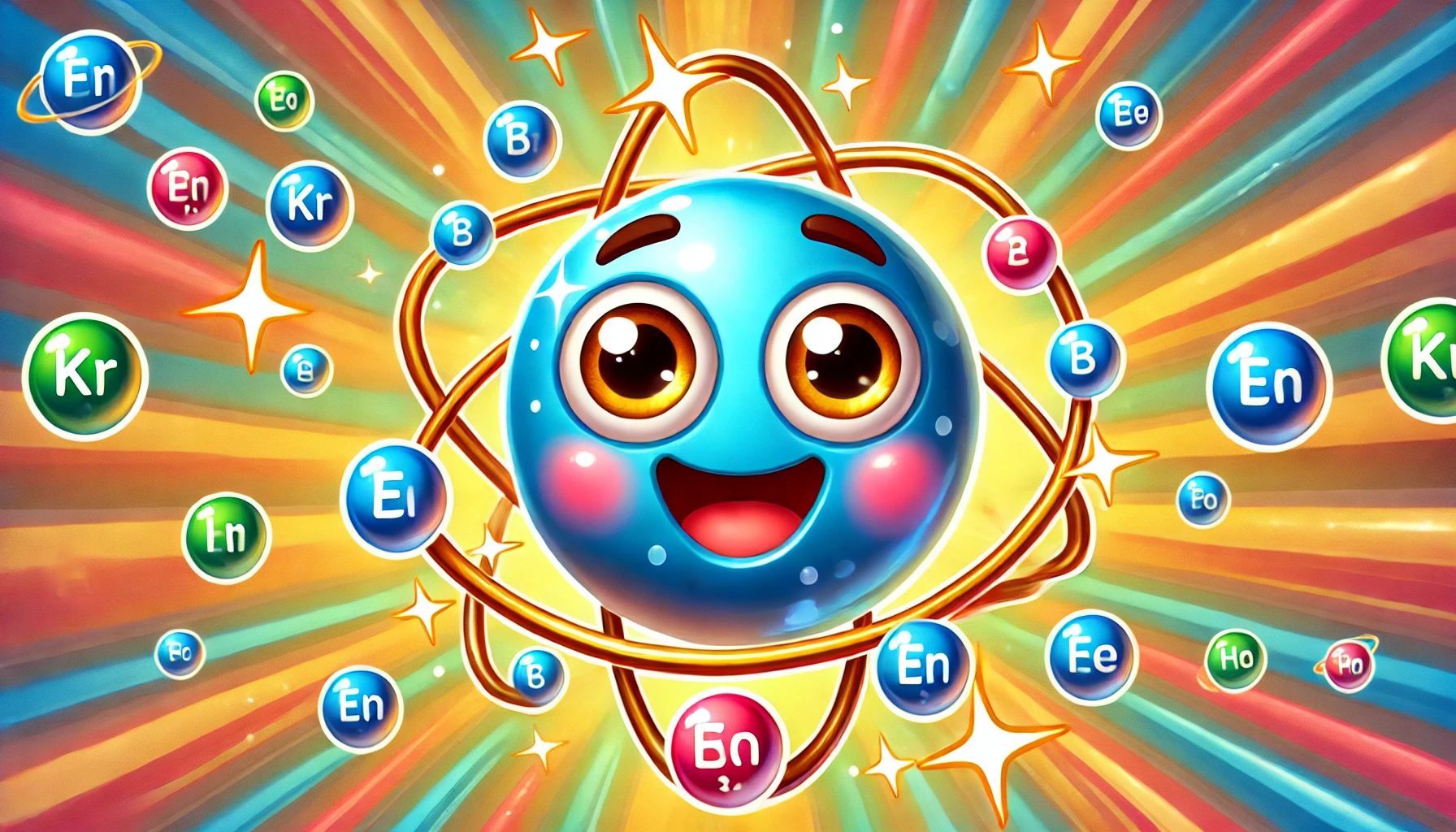Understanding Krypton: Properties, Uses, and Fascinating Facts
Understanding Krypton: Properties, Uses, and Fascinating Facts
Table of Contents
- Introduction to Krypton
- Properties of Krypton
- Uses of Krypton
- Health Risks of Krypton Exposure
- Interesting Facts about Krypton
- Environmental Impact of Krypton
- Conclusion
- References
Understanding Krypton: Properties, Uses, and Fascinating Facts
Introduction to Krypton Krypton is a noble gas with the chemical symbol Kr and atomic number 36. It is known for its rare occurrence and unique applications in lighting and technology. This article explores the properties, uses, health risks, and interesting facts associated with krypton, providing a comprehensive understanding of this intriguing element.
Properties of Krypton Krypton is characterized by several distinct physical and chemical properties.
Physical Properties
- Appearance: Krypton is a colorless, odorless gas under standard conditions.
- Density: The density of krypton is 3.749 g/L at standard temperature and pressure (STP).
- Melting Point: Krypton melts at -157.37°C (-251.27°F).
- Boiling Point: The boiling point of krypton is -153.22°C (-243.80°F).
Chemical Properties
- Inertness: As a noble gas, krypton is chemically inert and does not readily react with other elements or compounds.
- Compounds: Krypton can form compounds with fluorine, such as krypton difluoride (KrF₂), under extreme conditions.
Uses of Krypton Krypton has various applications across different industries due to its unique properties.
Lighting
- Fluorescent Lamps: Krypton is used in fluorescent lamps to improve efficiency and light quality.
- High-Intensity Discharge Lamps: Krypton gas is used in high-intensity discharge (HID) lamps, including those for photography and airport runway lights.
Lasers
- Excimer Lasers: Krypton is used in excimer lasers, which are important in eye surgery, semiconductor manufacturing, and scientific research.
Insulation
- Double-Pane Windows: Krypton gas is used as an insulating gas between the panes of high-performance double-pane windows to improve energy efficiency.
Scientific Research
- Krypton Isotopes: Krypton isotopes are used in various scientific applications, including dating ancient ice and groundwater, and as tracers in environmental studies.
Health Risks of Krypton Exposure Krypton is generally considered safe due to its inert nature, but there are some considerations for its use.
Inhalation
- Asphyxiation Risk: In high concentrations, krypton can displace oxygen in the air, posing an asphyxiation risk. Proper ventilation is important in areas where krypton is used.
Cryogenic Burns
- Liquid Krypton: Exposure to liquid krypton can cause cryogenic burns due to its extremely low temperature. Proper protective equipment should be used when handling liquid krypton.
Interesting Facts about Krypton Krypton has several fascinating aspects that make it an intriguing element.
Discovery
- Discovered in 1898: Krypton was discovered by Sir William Ramsay and Morris Travers in 1898 during the study of liquefied air.
Rarity
- Rare Gas: Krypton is present in the Earth’s atmosphere at about 1 part per million, making it a rare and valuable gas.
Krypton-85
- Radioactive Isotope: Krypton-85 is a radioactive isotope of krypton used in various industrial applications, including leak detection and thickness gauging.
Fictional Use
- Superman’s Home Planet: In popular culture, Krypton is famously known as the home planet of Superman in the DC Comics universe.
Environmental Impact of Krypton Krypton, being an inert gas, has minimal environmental impact. However, some considerations include:
Production and Use
- Energy Consumption: The production and separation of krypton from the atmosphere require significant energy, contributing to the overall carbon footprint.
- Safe Handling: Proper handling and disposal practices ensure that krypton does not pose any environmental hazards.
Conclusion Understanding krypton, its properties, uses, and interesting facts provides valuable insight into this rare and versatile element. While it is generally safe due to its inert nature, appropriate safety measures should be taken when handling krypton, especially in high concentrations or liquid form. Its applications in lighting, lasers, and insulation highlight its importance in modern technology and industry.

<ⓒ WizardMedics (wizardmedics.com)>


